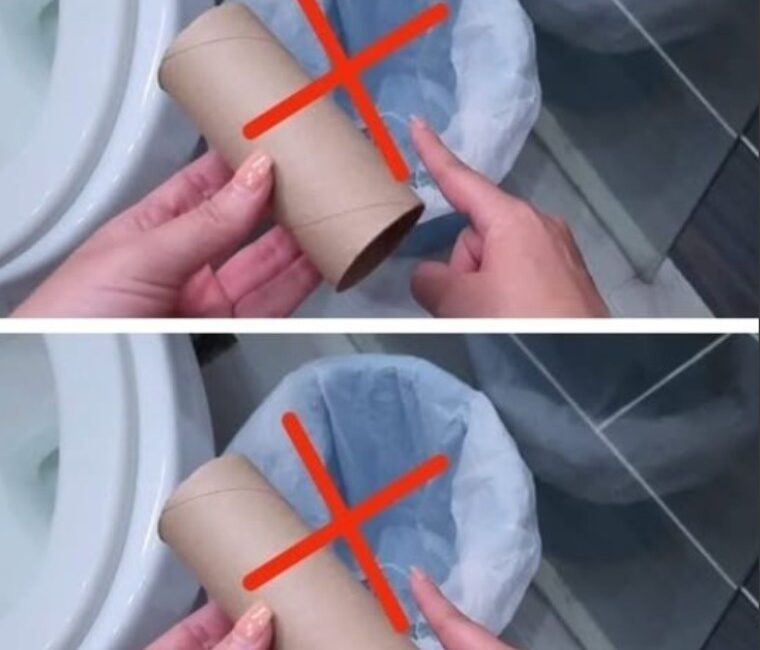ADVERTISEMENT
Toilet paper rolls are something most of us encounter daily, yet they are often overlooked when it comes to waste management. While the actual toilet paper is designed to disintegrate in water, the cardboard roll that holds it can easily pile up and contribute to environmental waste if not disposed of properly. With the growing awareness of sustainability and reducing waste, finding eco-friendly solutions to dispose of or repurpose toilet paper rolls is an important step toward responsible living.
In this article, we’ll explore the different ways you can properly dispose of, recycle, or repurpose toilet paper rolls, ensuring that you make a positive impact on the environment.
The Problem with Toilet Paper Rolls: Waste and Environmental Concerns
While toilet paper itself is biodegradable and designed to break down in water, the cardboard roll is often made from a mixture of recycled paper and virgin fibers, meaning it can take much longer to decompose. In addition, many toilet paper rolls are wrapped in plastic or coated with non-biodegradable substances that complicate their disposal.
Given that millions of toilet paper rolls are discarded every year, the environmental impact of improperly managing this waste can be significant. When thrown into the trash, these rolls can contribute to landfill overflow and release harmful gases as they decompose. However, when handled correctly, they can easily be recycled or reused, helping to reduce their carbon footprint and avoid unnecessary waste.
1. Recycling Toilet Paper Rolls
The most environmentally friendly option for disposing of toilet paper rolls is recycling. Because toilet paper rolls are made from paper, they are generally recyclable as long as they are clean and free from contaminants like plastic, food residue, or excess ink. Here’s how you can recycle toilet paper rolls properly:
A. Check Your Local Recycling Guidelines
Before tossing your toilet paper rolls into the recycling bin, check the guidelines set by your local recycling program. Some areas have specific requirements for how to handle paper products, so it’s important to follow these rules to ensure your roll doesn’t end up in a landfill.
B. Prepare the Rolls for Recycling
Toilet paper rolls are typically free from significant contaminants, but it’s always a good idea to give them a quick inspection:
Remove plastic or tape: If the roll is wrapped in plastic or contains any tape, be sure to remove it before recycling. Many recycling programs don’t accept plastic packaging with paper products.
Flatten the Rolls: Flattening the rolls can save space in your recycling bin, allowing you to fit more items and make it easier for the recycling facility to process them.
Avoid Excessive Staining: If the toilet paper roll is stained with food or oils, it may not be accepted in some recycling programs. If this is the case, consider alternative disposal options like composting or repurposing.
Once you’ve prepared the rolls, simply place them in your paper recycling bin along with other recyclable paper products.
2. Composting Toilet Paper Rolls
Toilet paper rolls are made of cardboard, which is biodegradable. If you have a composting system at home or access to a community composting program, you can compost your toilet paper rolls. Here’s how you can do it:
A. Shred the Rolls for Faster Decomposition
While toilet paper rolls are biodegradable, they take a longer time to break down compared to smaller, shredded materials like food scraps. To speed up the decomposition process, you can shred the toilet paper rolls into smaller pieces before adding them to your compost bin. This will help the cardboard break down faster and prevent clumps from forming in the compost.
B. Mix the Rolls with Other Organic Matter
To avoid any issues with moisture imbalance in your compost bin, it’s important to mix the toilet paper rolls with other compostable materials. The cardboard acts as a “brown” material, balancing the nitrogen-rich “green” materials like fruit and vegetable scraps. A good mix of brown and green materials will help ensure healthy compost.
Click page 2 to continue
